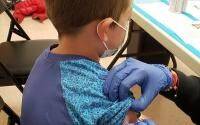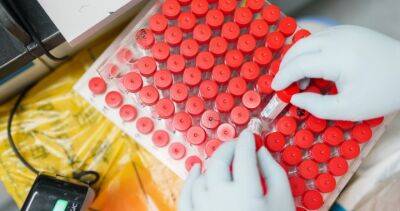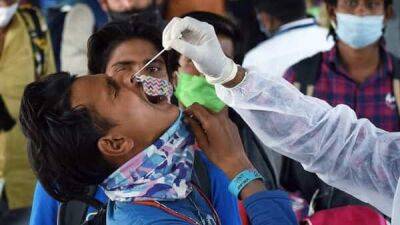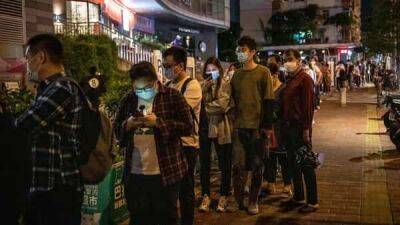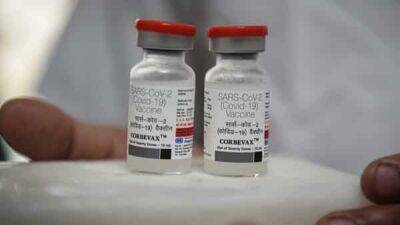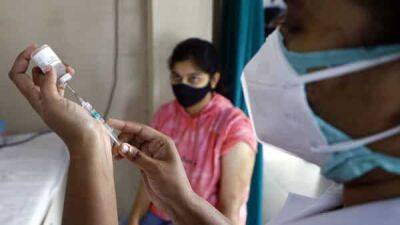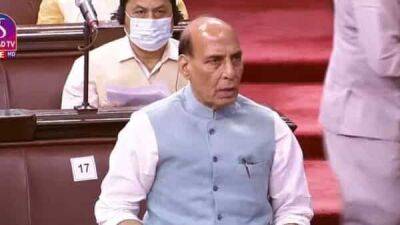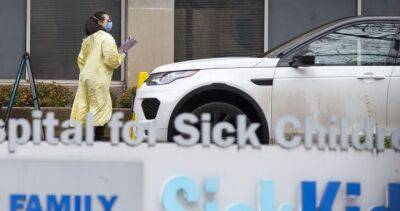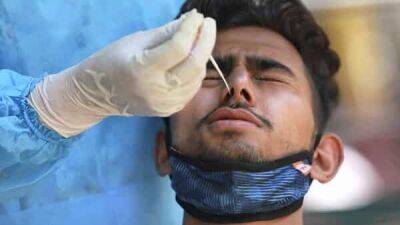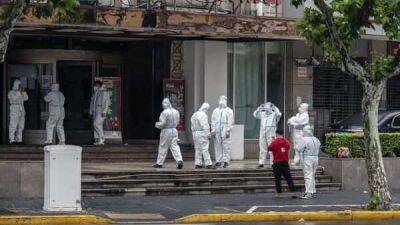Many long-COVID patients report symptoms 2 years later
A pair of new studies describe the effects of long COVID, with one estimating that half of hospitalized patients have at least one persistent symptom 2 years after infection, and the other revealing a fourfold higher risk of abnormal blood clotting in survivors struggling with basic physical activity more than 12 weeks after diagnosis.68% had symptoms at 6 months, 55% at 2 yearsResearchers at Capital Medical University in Beijing led a team studying the long-term outcomes of 1,192 patients hospitalized for COVID-19 at a single center in Wuhan, China, from Jan 7 to May 29, 2020, the first pandemic wave.The results were published yesterday in The Lancet Respiratory Medicine.
The study is the longest-term follow-up of hospitalized COVID-19 survivors yet, the authors said.Follow-up at 6 and 12 months and 2 years after symptom onset consisted of a 6-minute walking distance (6MWD) test, lab tests, and questionnaires on symptoms, mental health, health-related quality of life (HRQoL), return to work, and healthcare use.
Overall, 94% of participants completed a face-to-face interview at 2 years.A subgroup of patients underwent lung-function tests and chest imaging at each follow-up visit, and matched, uninfected patients served as controls.
Median age at hospital release was 57 years, and 46% were women.The proportion of COVID-19 survivors with 1 or more symptoms fell from 777 of 1,149 (68%) at 6 months to 650 of 1,190 (55%) at 2 years.
Read more on cidrap.umn.edu